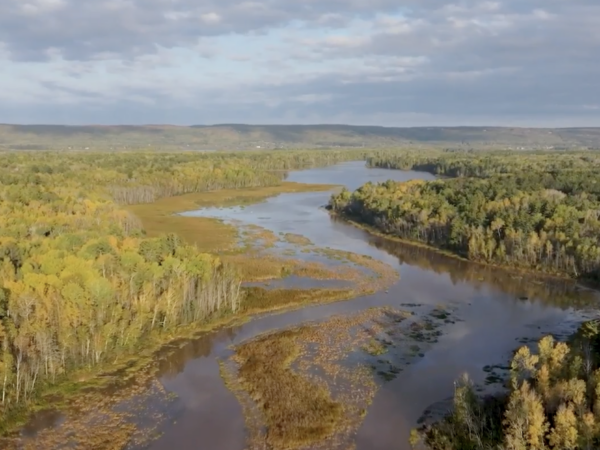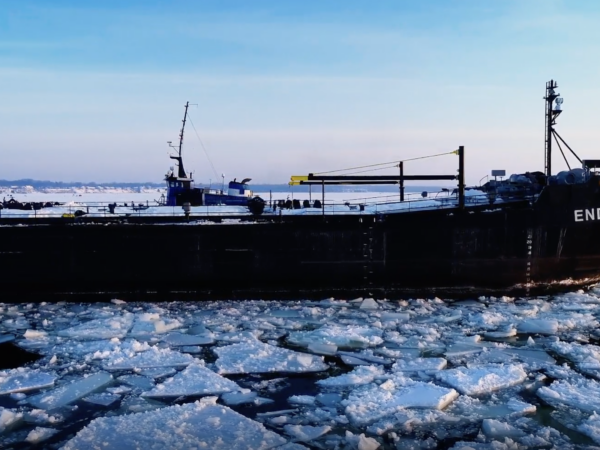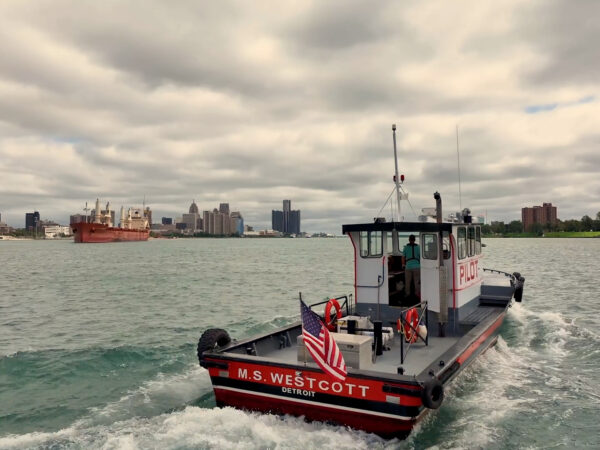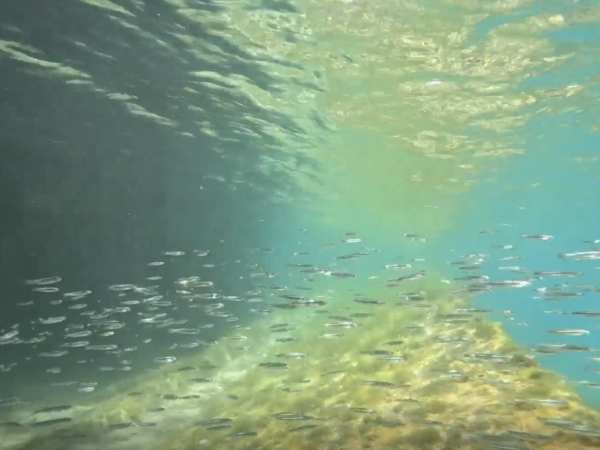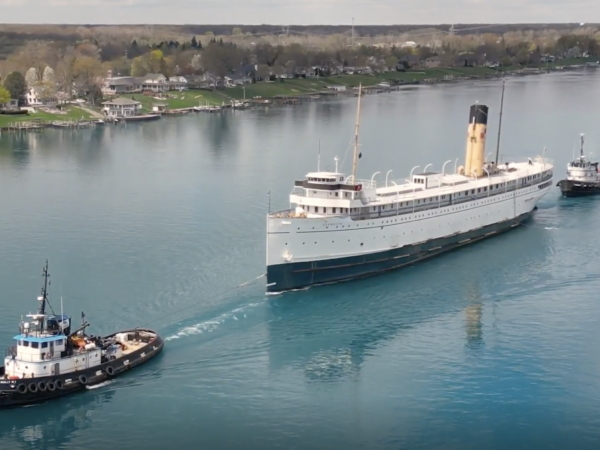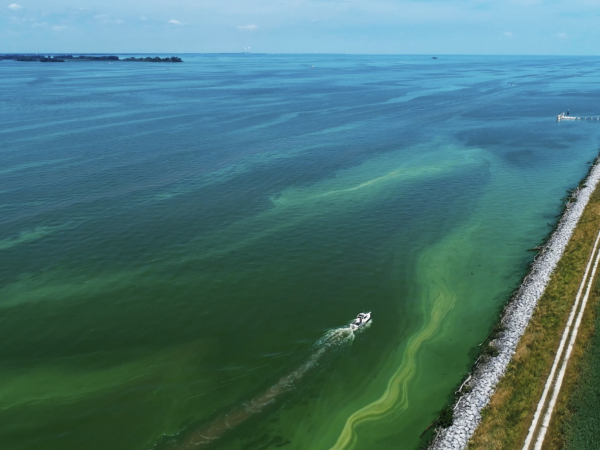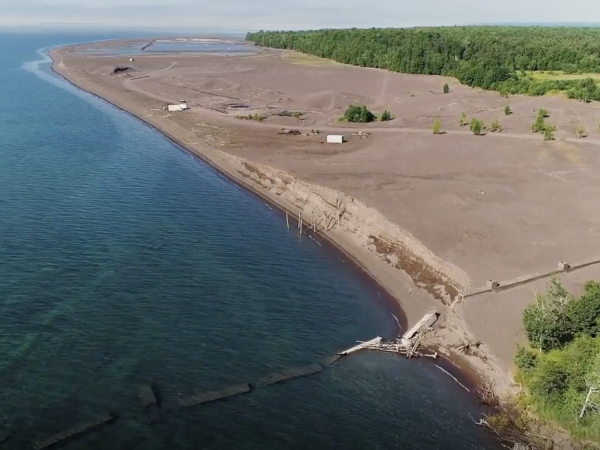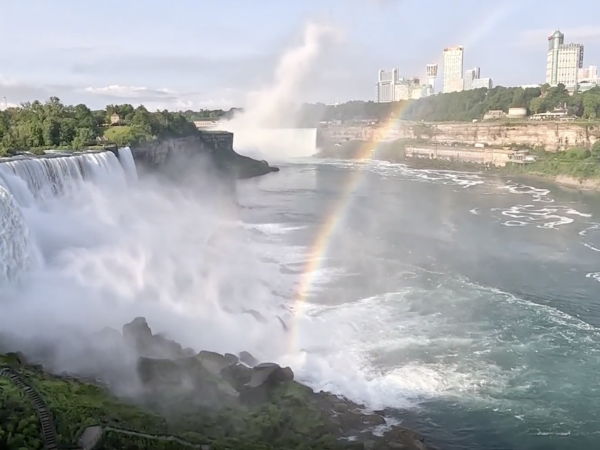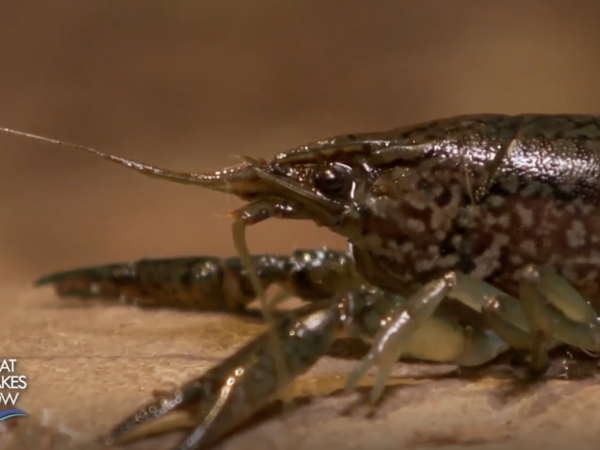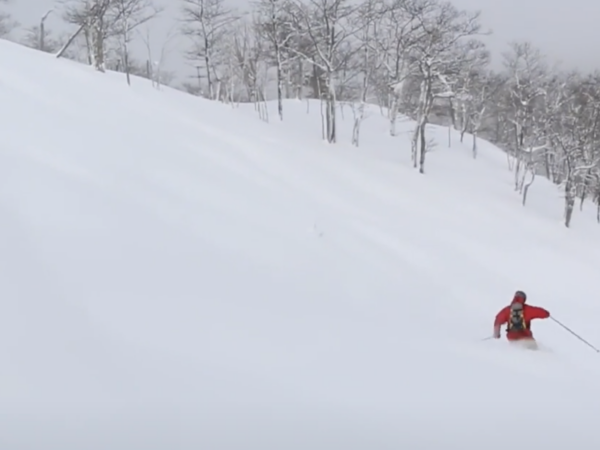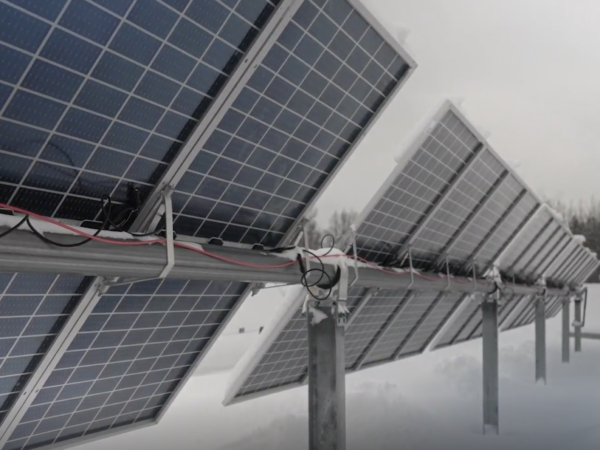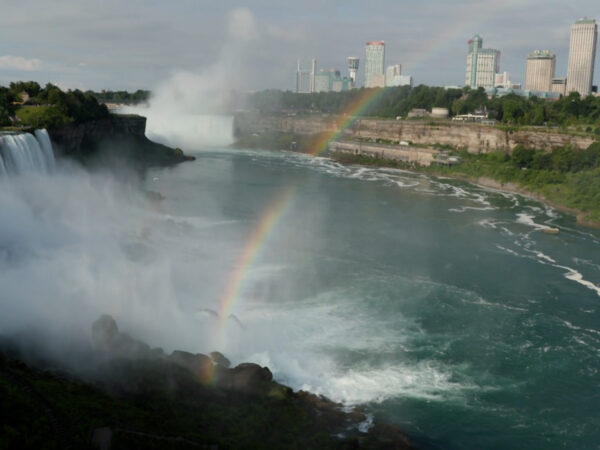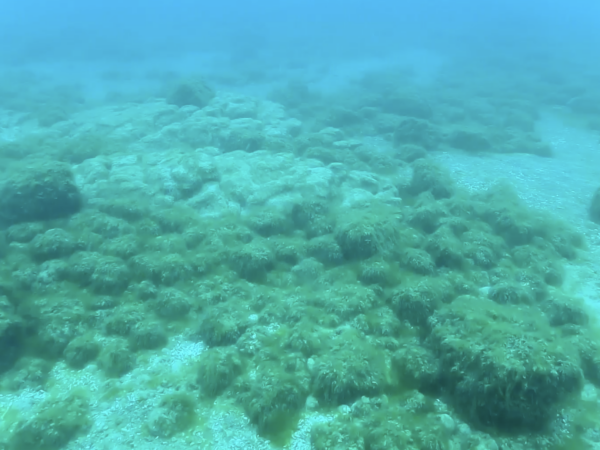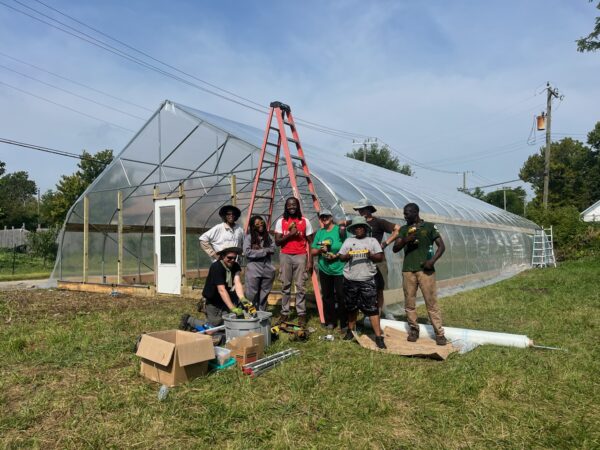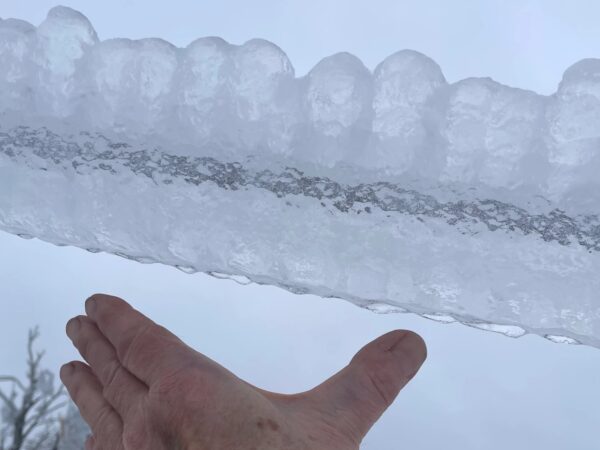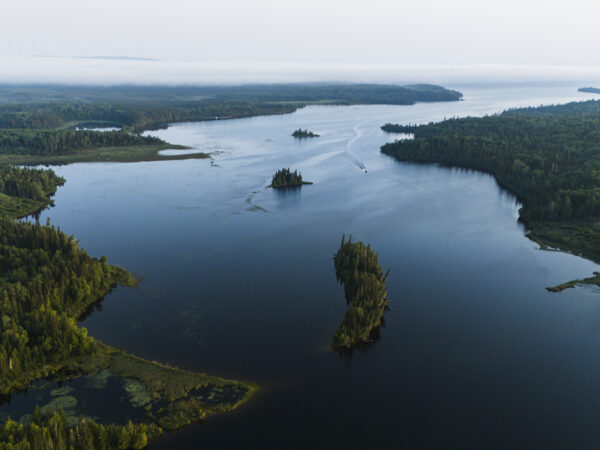IN THIS EPISODE:
In this episode of Great Lakes Now, maple sugar producers feel the effects of climate change, one Toronto company aims to push the transition to renewable energy, and The Catch offers news from around the Great Lakes.
WHERE WE TAKE YOU IN APRIL
GREAT LAKES LEARNING:
Explore this month’s hands-on lesson plans designed to help your middle schoolers understand the Great Lakes — all at home or in the classroom. They’re aligned to education standards AND free to download.
Lesson Plans
Have a question about the Great Lakes or life in the region?
Ask Great Lakes Now, and if we can answer it, we might loop it into our coverage so others can learn too.
Submit Your Question
When to Watch?
Check your local station for when Great Lakes Now is on in your area.
Premieres on DPTV
Monday, April 24, at 7:30 PM
STATIONS CARRYING THE SERIES
DPTV
Detroit, Michigan
WEAO
Akron, Ohio
WNEO-TV
Alliance, Ohio
WCML-TV
Alpena, Michigan
WDCP-TV
Bad Axe, Michigan
BCTV
Bay County, Michigan
WBGU-TV
Bowling Green, Ohio
WNED-TV
Buffalo, New York
WCMV-TV
Cadillac, Michigan
WTTW-TV
Chicago, Illinois
WVIZ-TV
Cleveland, Ohio
WKAR-TV
East Lansing, Michigan
WQLN-TV
Erie, Pennsylvania
WCMZ-TV
Flint, Michigan
WGVU-TV
Grand Rapids, Michigan
WPNE-TV
Green Bay, Wisconsin
WGVK-TV
Kalamazoo, Michigan
WHLA-TV
La Crosse, Wisconsin
WHA-TV
Madison, Wisconsin
WNMU-TV
Marquette, Michigan
WHWC-TV
Menomonie-Eau Claire, Wisconsin
WMVS-TV
Milwaukee, Wisconsin
WCMU-TV
Mt. Pleasant, Michigan
WLEF-TV
Park Falls, Wisconsin
WNIT-TV
South Bend, Indiana
WCNY-TV
Syracuse, New York
WGTE-TV
Toledo, Ohio
WDCQ-TV
University Center, Michigan
WNPI-TV
Watertown, New York for Ontario signal
WPBS-TV
Watertown, New York for U.S. signal
WHRM-TV
Wausau, Wisconsin
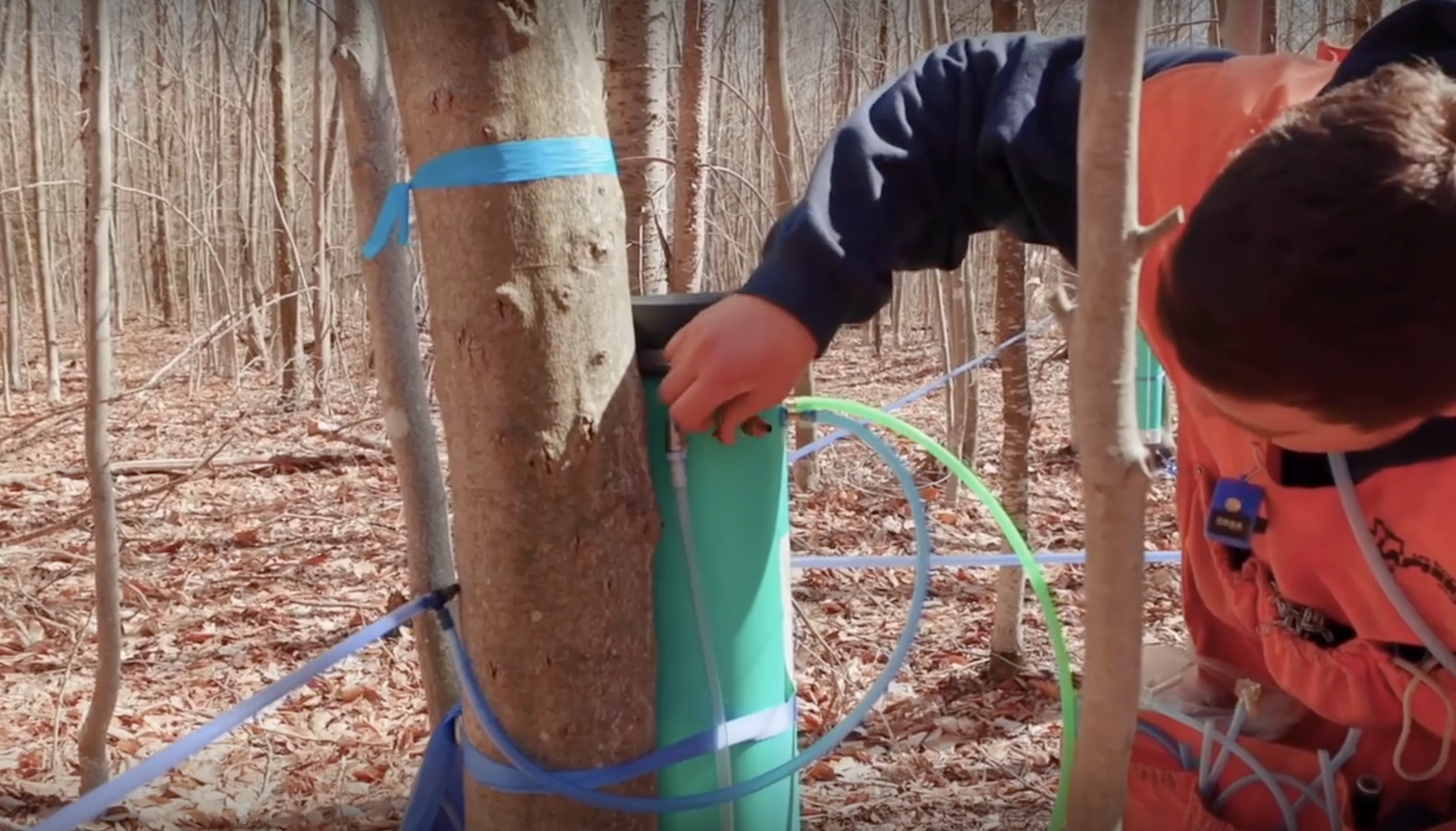
Adam Wild, Director of the Uihlien Maple Research Forest at Cornell University, checks the taps and infrastructure for maple sap harvesting.
Is Climate Change Coming For Your Pancakes?
SEGMENT 1 | Chardon, OH
Climate change is impacting the maple sugar industry in the Great Lakes region. Join us as we talk to maple producers to learn how climate change is affecting their operations and what they’re doing to maintain quality and optimize sap yields.
Great Lakes Now heads to Chardon, OH – home of the annual maple festival – where folks have been producing maple syrup for generations. Among the many maple producers is Jenn Freeman, owner of Richards Maple Products, a family business started by her great grandparents in 1910.
Freeman sees firsthand the impact of climate change on the weather-vulnerable maple industry. According to Freeman, warmer winters have led to shorter tapping seasons and sporadic periods of maple sap flow.
Plus, GLN meets up with Adam Wild — Director of the Uihlein Maple Research Forest at Cornell University. According to Wild, climate change and the winter warming trend are issues that impact much of the maple industry.
Fortunately, there are innovative tweaks that maple producers can make to their operations to stay in step with climate change and innovation.
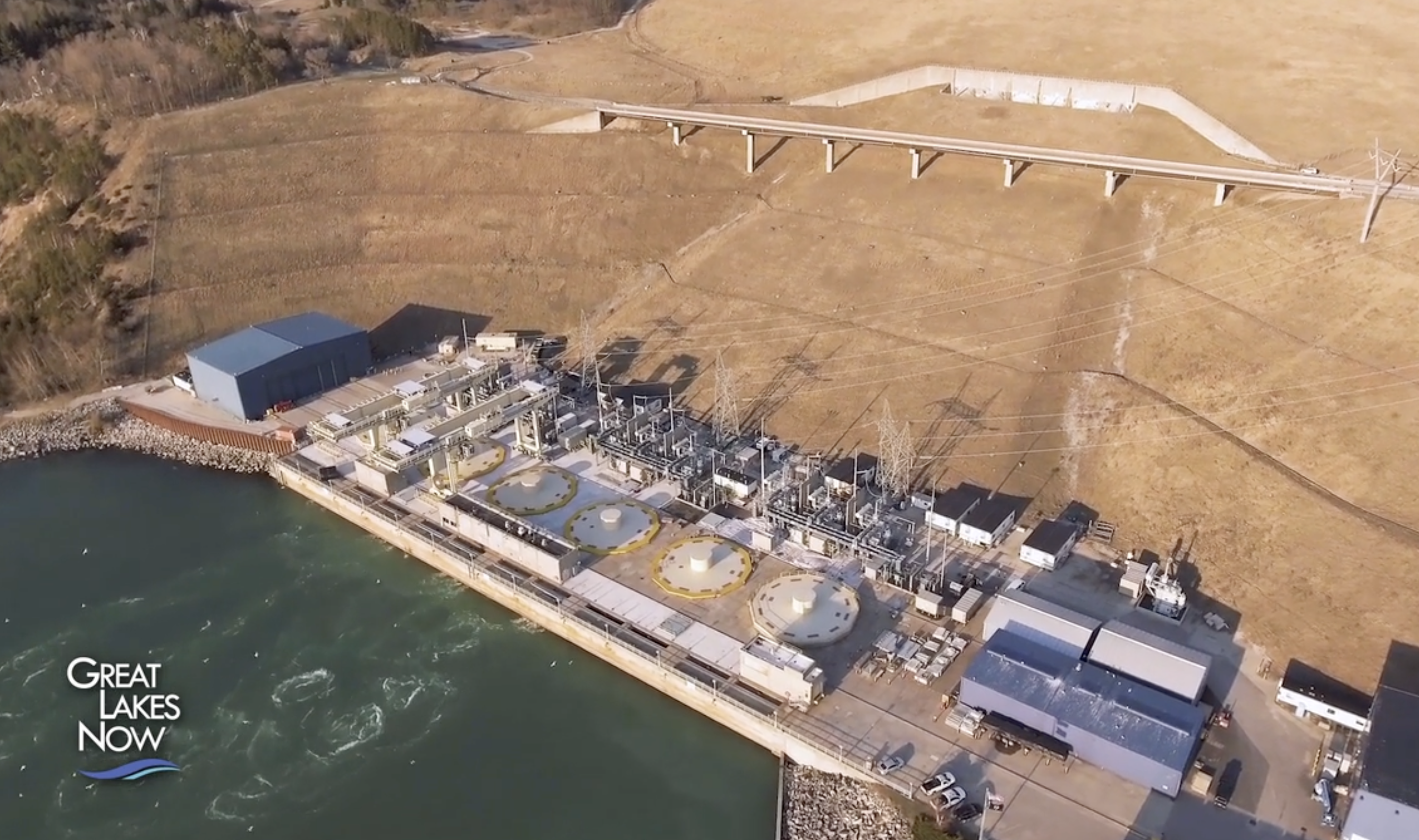
An aerial view of the Consumer Energy’s Ludington Pumped Storage Plant, a hydroelectric plant and reservoir in Ludington, Michigan.
Storing Energy Underground
SEGMENT 2 | Toronto, Ludington
It’s true that wind and solar power are showing great promise as the world grapples with climate change. But, there’s a catch: The sun isn’t always shining and the wind isn’t always blowing. The two biggest forms of clean energy are notoriously intermittent. So, how do we harness all that renewable energy and store it for the future when mother nature isn’t cooperating? That is the biggest obstacle facing the clean energy sector right now.
In this segment of Great Lakes Now, explore some of the basic ways that clean energy is being stored for use at a later time when it’s needed. “Unfortunately, any type of form of energy storage has been really difficult to produce and comes with a lot of tradeoffs. And so that’s why we’re here, because we think we have a really good solution for it,” says John Norman, President of Hydrostor. The Toronto based company is offering an old, but modernized technology to capture and store energy. “And so what we do is we store energy in the form of compressed air. We just run a compressor with off peak electricity. We store that high pressure air underground and when the grid’s ready and needs it, then we release it through a turbine.”
The Hydrostor system relies on water pressure to hold the compressed air in underground caverns. When more power is needed, the compressed air is forced back up to the surface where it is reheated and sent through a turbine to produce electricity.
Nate Blair is a Group Manager at the National Renewable Energy Lab. “While we are not anywhere close to 80 percent renewable energy today, we need to be doing the research and developing these technologies, these long duration storage technologies so that in ten years, 15 years, etc., when we really start to need them, they are developed, they are commercial and they are ready to deploy onto the grid.”

Maintaining and improving water infrastructure is an important part of ensuring water quality and safety for municipalities and households all over the Great Lakes region and the country.
The Catch: News about the Lakes You Love
SEGMENT 3 | Lake Superior
This segment – The Catch – in our award-winning PBS program will keep you in the know. This month, stories about national regulations on PFAS, volcanic tourism in the Great Lakes and a preview of special Earth Month programs from Nova.
First, a look at proposed nationwide standards on PFAS from the U.S. Environmental Protection Agency. If implemented, the rules would limit the levels of toxic forever chemicals in drinking water to trace amounts. MLive reporter Garret Ellison has been following the story. “It’s an important moment in public health in the United States. It’s the first time…the EPA has proposed to regulate a drinking water contaminant in decades,” Garret said.
Next, we head to the Lake Superior shoreline where journalist Jacqueline Kehoe highlights the little-known volcanic history of the region. Jacqueline explains that approximately “1.1 billion years ago, the country was ripping apart and it was happening right through the Midwest…and the broken part of the country was right in Lake Superior.” The massive “rip” stretches 1,300 miles and is known as the Midcontinent Rift. The volcanic rocks it left behind are distinct, and still visible at multiple sites along Lake Superior’s shoreline. Jacqueline says enthusiasts can find signs of the region’s prehistoric volcanic activity at Michigan’s Porcupine Mountains Wilderness State Park, the Keweenaw Peninsula, Wisconsin’s Cooper Falls and Interstate Parks; and the Apostle Islands.
Finally, NOVA Senior Producer Caitlin Saks talks about the special programming happening in honor of Earth Month. The long running PBS show has recently announced a new initiative called “Climate Across America.” Caitlin says that this is just the latest in a long line of NOVA content about our changing planet. “This project was built around trying to create and foster really engaging conversations across the country about this issue…we feel that it is our role to help inform the public about what is really going on and help foster productive discussions,” said Caitlin. The first program, Weathering the Future, looks at five different regions across the United States and how those places are adapting to the effects of climate change. The second program, “Chasing Carbon Zero,” explores the ambitious emission goals recently set by the US government, and how we plan on achieving them.
Find all The Catch segments HERE.
Videos from Episode 2304
Subscribe on YouTube
Featured Articles
Digital Credits
The Great Lakes Now Series is produced by Rob Green and Anna Sysling.


